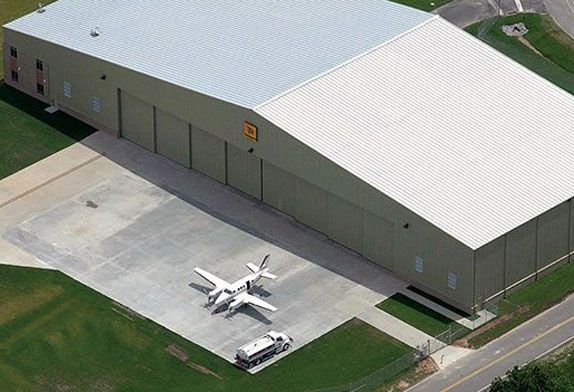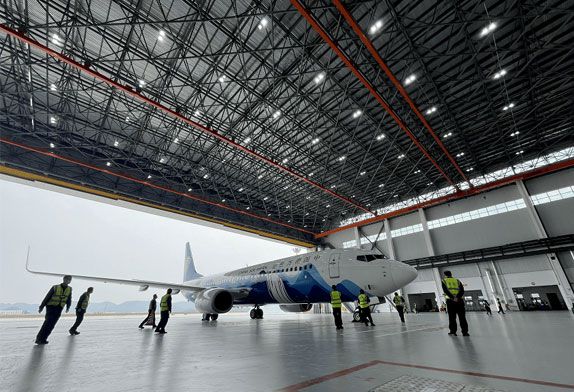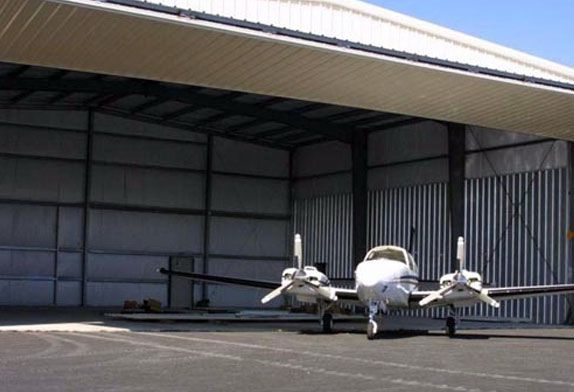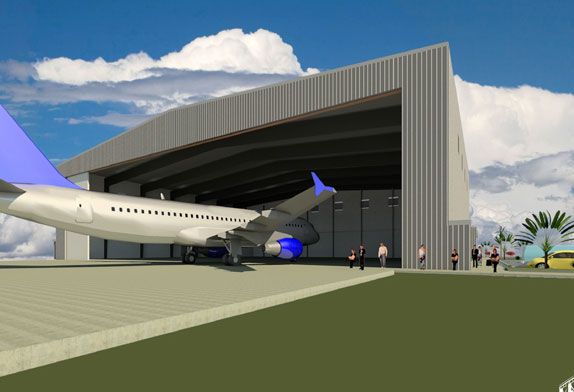Airport hangars are large buildings that are used to store and maintain aircraft and other related equipment. They are typically constructed of metal and often feature large doors that can be opened to allow aircraft to enter and exit. Hangars typically include storage areas, offices, and maintenance areas, as well as other features such as fire suppression systems and ventilators to keep the hangar cool.
There are several types of airport hangars, each designed to accommodate different types of aircraft and meet various operational needs. Some common types of airport hangars include:
1. T-hangars: These are small, single-story hangars shaped like a “T”, with aircraft parked nose-in. T-hangars are often used for individual or small-group aircraft storage and maintenance.

2.: These are large, rectangular hangars designed for larger aircraft or multiple smaller aircraft. Box hangars can have multiple bays and may have office or workshop space.

3. Maintenance hangars: These are large hangars designed for aircraft maintenance and repair. They often have features such as cranes, work platforms, and specialized tools and equipment.

4. Corporate hangars: These are custom-designed hangars that can accommodate multiple aircraft and include amenities such as offices, lounges, and conference rooms. Corporate hangars are often used by businesses and private individuals who own or lease aircraft.
5. Military hangars: These are large, specialized hangars used for military aircraft maintenance and storage. They may include features such as blast-resistant walls, fuel storage, and weapons storage.

6. Helicopter hangars: These are specialized hangars designed to accommodate helicopters. They may have features such as helipads, maintenance facilities, and ground support equipment storage.

7. Portable hangars: These are temporary or semi-permanent hangars designed for rapid deployment or quick setup. They are often used in military or disaster relief operations.
8. The type of hangar used will depend on the size and type of aircraft, the frequency of use, and the specific needs of the airport or aircraft operator.











 About Us
About Us 2023-03-10
2023-03-10


